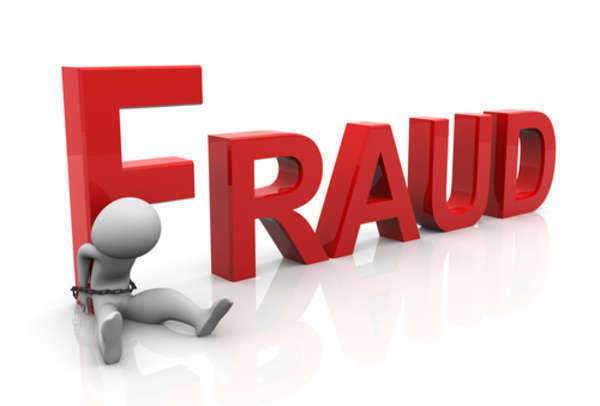
There are two cases that involve the proper criminal procedure involving the prosecution of wire fraud. The first case of the two, United States v. LaMacchiaUS v. Nederwire fraud.
The LaMacchia case is important because it defined the thorny question of what exactly was a digital file containing copyrighted material was. Digital files were not physical entities; however, they were to be protected by the constraints of
copyright law. This is important when considering the severity of punishment for those who distribute copyrighted files for free on the Internet. They are copyright infringers, not thieves, in a purely legal sense. Cases, in the future, with Napster would further establish the criminality of copyright infringement exclusive of any statutory definition of fraud. The two are distinct crimes.
The next major Supreme
Court case, United States v. Neder, is less clear-cut in its implications because it mostly involves legalistic procedural complexities that need further explanation. Once these concepts are explained, the case is quite simple. The case primarily concerns the Constitutional right to a fair trial. This right is incredibly important if a convicted
criminal feels that they were given a mistrial and are wrongfully convicted. The right to appeal is a right that is important to those who are incarcerated.
In 1967, the Supreme Court established the “harmless error” doctrine in Chapman v. California as a guideline to determine what procedural errors constituted enough damage to a person’s chances of an unfair conviction. It is commonplace for a fact of a case to be omitted from discussion in a trial. In all fairness, all pertinent facts relating to one’s criminal case should be covered during the one’s criminal trial. However, this is a human impossibility.
Therefore, the ability to appeal to challenge one’s incarceration is a critical right that all convicts have. They must argue that their case was somehow unfair on a procedural basis. Neglecting to mention a pertinent fact to the defendant’s innocence is the most common procedural error. However, this is incredibly subjective. The Court admits the procedural error in question but a “harmless error” is an error that cannot influence the outcome of a case beyond a reasonable doubt.
Also, in criminal
law, “materiality” refers to pieces of evidence that logically links a person to a crime. Materiality, in legal texts, is often linked to the basic elements of a crime. Generally, the prosecution must prove each element of material evidence in order to legitimately convict a criminal. Prosecutors and defense lawyers often instruct the jury on what exactly constitutes material evidence.
With these concepts defined, this facilitates the discussion of
United States v. Nader because the case involves practical applications of both “harmless error” and “materiality in accordance with bank, mail, and wire fraud. Ellis E. Neder, Jr, was engaged in a number of
real estate transactions in which he defrauded banks, customers, and even the federal government.
He fraudulently obtained bank
loans to gain the capital to engage in land development schemes. He committed mail fraud by lying on his federal income
tax return. His wire fraud charges stem from his dealings with his victimized customers.
During Neder’s criminal trial, in district court, the prosecutor instructed the jury that the fact that Neder had lied to his victims was aside from the point. Neder’s lying, according to the prosecution, was an immaterial fact in considering to convict the defendant. Nader was convicted of all the charges he had faced.
In 1999, he filed a petition with the appellate court on the grounds that his lying had to be proven to convict Neder. He also argued that the prosecutions omission of this fact was a violation of the harmless error doctrine because Nader and his lawyers felt that this fact would have been influential in the outcome of his case.
Each lower court upheld the conviction. When Nader’s case made it to the Supreme Court nearly 15 years after his conviction, his arguments were unchanged. The two questions before the court were: Does the prosecution’s instruction of the jury in the omission of fraudulent behaviors constitute a harmful procedural error, and is materiality an element of mail, wire, and bank fraud? The court answered no to the first question and yes to the second.
The court understood the basic premise of Nader’s argument, regarding the doctrine of harmless error; but, the error was not significant enough to determine that his trial was unfair. His conviction still stood. The affirmative on the second question set the precedent that prosecutors cannot intentionally omit this pertinent fact to the case; otherwise, the legitimacy of mail, wire, and bank fraud convictions may be in jeopardy.
 Wire fraud charges yield a
Wire fraud charges yield a



















